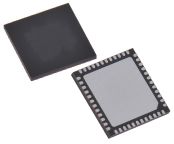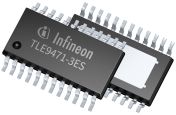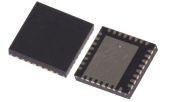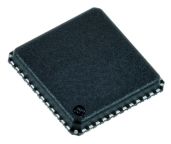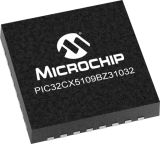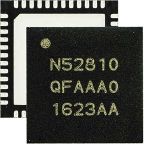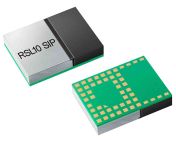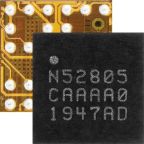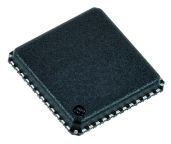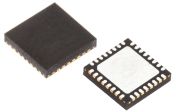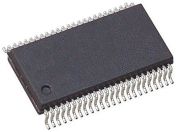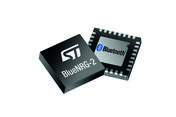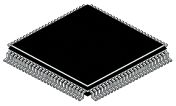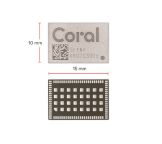System-On-Chips
A system-on-chip (SOC) is an integrated circuit that combines all of the functions of a computer or other electronic system onto one microchip. Commonly found in smartphones, wireless routers, tablets, and wearable tech, system-on-chips process the increasingly complex computing needs of many small devices. In contrast to the traditional motherboard format of PC architecture, which allows for separate, function-specific components to be added and removed as desired from the central interfacing circuit board, SOCs integrate all of these functions into a single circuit.
RS offer a range of SOCs from leading brands, including Cypress Semiconductor, Nordic Semiconductor, STMicroelectronics, and more.
What are system-on-chips used for?
System-on-chips are very commonly found in mobile computing and electronic devices, such as smartphones and tablets. They are also found in embedded systems, such as Wi-Fi routers, and are also found in gadgets in the growing industry of the Internet of Things (IoT). Their low power consumption combined with their compact size makes them suitable for use in these small applications. They may combine digital, analogue, mixed-signal and even radio-frequency functions all on one chip.
What is in a system-on-chip?
A system-on-chip can include various elements that would be typically found on a regular motherboard-based circuit, with the specific features varying depending on how it's used. The general breakdown tends to contain the following:
- The CPU – the central processing unit, responsible for performing logic, arithmetic, control, and input/output (I/O) operations.
- The GPU – the graphical processing unit responsible for creating all imagery on the device, allowing photos and videos to be viewed, games to be played, etc.
- RAM – Random Access Memory is typically used to store working data and machine code and is required to run apps and other software.
- ROM – Read-Only Memory is a type of non-volatile memory used to store data that is typically unchanged during the system's lifetime, also known as the firmware. This data cannot be electronically modified after the memory device has been manufactured.
- The modem – radio modems are used to wirelessly transfer data independent of satellite networks; in a smart device, like phones or tablets, the modem will be responsible for connections to 3G and 4G networks.
